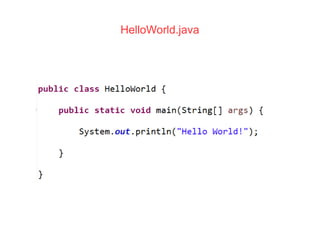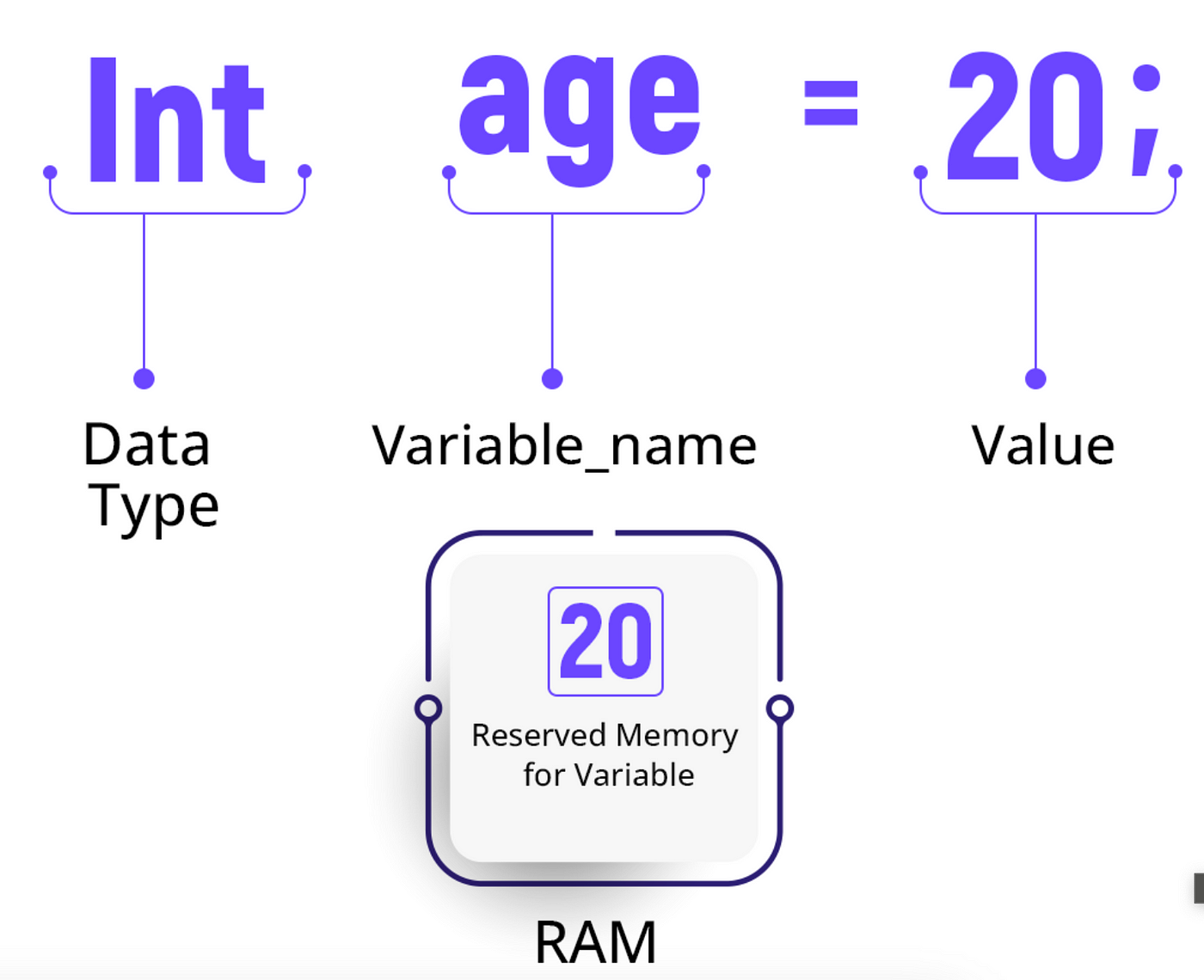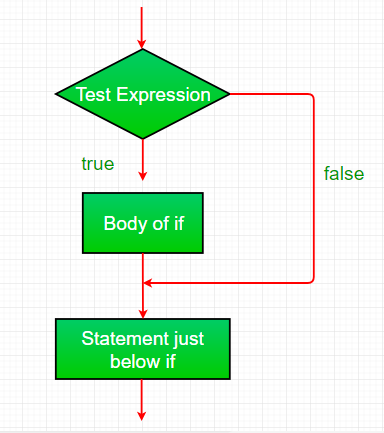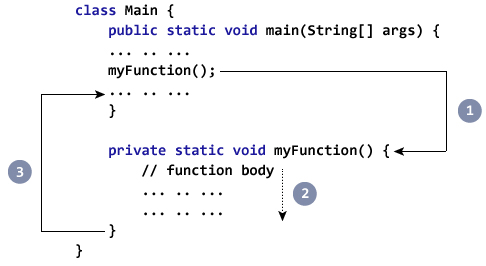OOPS AND JAVA
IMPORTANT QUESTIONS VIVA AND INTERVIEW QUESTIONS
A Comprehensive Guide to Java Programming: Concepts and Examples
Java is one of the most popular and versatile programming languages, used in a wide range of applications from web development and mobile apps to enterprise-level systems. Known for its portability, security features, and robust ecosystem, Java is a great choice for both beginners and seasoned programmers.
we'll dive deep into Java programming, covering key concepts in detail with practical examples. Whether you're just starting out with Java or looking to refresh your knowledge, this guide will walk you through everything you need to know.
Table of Contents
1. Introduction to Java
2. Basic Syntax and Structure
3. Data Types and Variables
4. Control Flow Statements
5. Functions and Methods
6. Object-Oriented Programming (OOP) Concepts
7. Memory Management
8. Exception Handling
9. Advanced Concepts
10. Conclusion
1. Introduction to Java
Java is a general-purpose, object-oriented programming language developed by Sun Microsystems (now owned by Oracle) in the mid-1990s. It was designed with the principle of "Write Once, Run Anywhere" (WORA), meaning that Java programs can run on any platform that has a Java Virtual Machine (JVM) installed.
Key Features of Java:
- Platform Independence: Java programs can run on any operating system with JVM.
- Object-Oriented: Java supports object-oriented principles such as inheritance, polymorphism, and encapsulation.
- Automatic Memory Management: Java uses garbage collection to manage memory allocation and deallocation.
- Security: Java provides built-in security features like bytecode verification and runtime security management.
2. Basic Syntax and Structure
Program Structure
A typical Java program consists of the following components:
- Package Declaration (optional): Organizes classes into namespaces.
- Imports (optional): Allows you to use classes from other packages.
- Class Declaration: Contains methods and data for the program.
- Main Method: The entry point for the program.
Example: Hello World Program
public class HelloWorld {
public static void main(String[] args) {
System.out.println("Hello, World!");
}
}
Explanation:
- `public class HelloWorld`: This defines a class named `HelloWorld`. The `public` keyword means the class is accessible from other classes.
- `public static void main(String[] args)`: The `main` method is the entry point of the program. `String[] args` is used to accept command-line arguments.
- `System.out.println("Hello, World!");`: This prints the text `"Hello, World!"` to the console.
3. Data Types and Variables
In Java, every variable has a specific data type, which determines the kind of data it can store. Java is a strongly typed language, meaning that variables must be declared with a type before they can be used.
Primitive Data Types:
- `int`: Integer values
- `double`: Floating-point values
- `char`: Single character
- `boolean`: True or false
- `byte`, `short`, `long`, `float`: Other numeric data types with different ranges and precision
Example: Declaring Variables
public class DataTypes {
public static void main(String[] args) {
int age = 30;
double price = 19.99;
char grade = 'A';
boolean isActive = true;
System.out.println("Age: " + age);
System.out.println("Price: " + price);
System.out.println("Grade: " + grade);
System.out.println("Active: " + isActive);
}
}
Explanation:
- `age`, `price`, `grade`, and `isActive` are variables of different types. These variables are then printed to the console using `System.out.println`.
4. Control Flow Statements
Control flow statements are used to dictate the flow of execution based on certain conditions or loops.
- Conditional Statements
Java supports `if`, `else`, `else if`, and `switch` for decision-making.
Example: If-Else Statement
public class ControlFlow {
public static void main(String[] args) {
int number = 10;
if (number > 0) {
System.out.println("Positive Number");
} else if (number < 0) {
System.out.println("Negative Number");
} else {
System.out.println("Zero");
}
}
}
- Loops
Java provides several types of loops: `for`, `while`, and `do-while`.
Example: For Loop
public class LoopExample {
public static void main(String[] args) {
for (int i = 1; i <= 5; i++) {
System.out.println("i = " + i);
}
}
}
Explanation:
- The `for` loop iterates 5 times, printing the value of `i` during each iteration.
5. Functions and Methods
In Java, functions are called "methods", and they belong to classes. Methods are used to perform specific tasks and can return values.
Example: Method Declaration and Call
public class Calculator {
public static void main(String[] args) {
int sum = add(5, 3); // Method call
System.out.println("Sum: " + sum);
}
// Method to add two integers
public static int add(int a, int b) {
return a + b;
}
}
Explanation:
- The `add` method takes two integers and returns their sum.
- `public static int add(int a, int b)` is the method declaration, and `add(5, 3)` is the method call in the `main` method.
6. Object-Oriented Programming (OOP) Concepts
Java is an object-oriented language, which means it follows the principles of OOP: "Encapsulation", "Inheritance", "Polymorphism", and "Abstraction".
Class and Object
A class is a blueprint for creating objects. An object is an instance of a class.
Example: Class and Object
class Car {
String make;
int year;
void displayInfo() {
System.out.println("Make: " + make + ", Year: " + year);
}
}
public class Main {
public static void main(String[] args) {
Car myCar = new Car(); // Creating an object of Car class
myCar.make = "Toyota";
myCar.year = 2022;
myCar.displayInfo();
}
}
Explanation:
- `Car` is a class with two properties (`make`, `year`) and a method (`displayInfo`) that prints the car's details.
- `myCar` is an object of the `Car` class.
Inheritance
Inheritance allows a class to inherit fields and methods from another class.
class Animal {
void sound() {
System.out.println("Animal makes a sound");
}
}
class Dog extends Animal {
void sound() {
System.out.println("Dog barks");
}
}
public class Main {
public static void main(String[] args) {
Animal myDog = new Dog();
myDog.sound(); // Dog barks
}
}
Explanation:
- `Dog` inherits the `sound` method from the `Animal` class, but it overrides the method to provide its own behavior.
7. Memory Management
Java uses "automatic memory management" with the help of "Garbage Collection (GC)". When an object is no longer referenced, the garbage collector reclaims its memory.
Example: Memory Management with Objects
public class MemoryManagement {
public static void main(String[] args) {
String str = new String("Hello");
str = null; // The "Hello" object is now eligible for garbage collection
// Garbage collector will automatically reclaim memory
}
}
Explanation:
- When `str` is set to `null`, the string object `"Hello"` becomes unreachable, and the garbage collector will reclaim its memory.
8. Exception Handling
Java provides a powerful mechanism for handling runtime errors, known as "exception handling". It allows you to gracefully handle errors and recover from unexpected situations.
Example: Try-Catch Block
public class ExceptionExample {
public static void main(String[] args) {
try {
int result = 10 / 0; // This will throw an ArithmeticException
} catch (ArithmeticException e) {
System.out.println("Error: " + e.getMessage());
}
}
}
Explanation:
- The `try` block contains code that may throw an exception.
- The `catch` block handles the exception, allowing the program to continue executing without crashing.
9. Packages and Interfaces
Packages
A package in Java is a collection of related classes and interfaces grouped together under a single namespace. It is used for:
- Organizing code to avoid naming conflicts.
- Enhancing code reusability.
- Managing access protection.
Types of Packages:
- Built-in Packages: Predefined packages in the Java API, e.g.,
java.util,java.io,java.lang. - User-defined Packages: Custom packages created by developers.
Creating a Package:
// Save this file as MyPackageClass.java
package mypackage; // Package declaration must be the first statement
public class MyPackageClass {
public void displayMessage() {
System.out.println("This is a custom package!");
}
}
Using a Package:
import mypackage.MyPackageClass;
public class TestPackage {
public static void main(String[] args) {
MyPackageClass obj = new MyPackageClass();
obj.displayMessage();
}
}
Interfaces
An interface in Java is a reference type that defines a set of abstract methods (methods without a body). It represents a contract that implementing classes must follow.
Key Features:
- Interfaces support multiple inheritance.
- Methods in interfaces are implicitly
publicandabstract. - Fields in interfaces are
public,static, andfinal.
Defining an Interface:
interface Animal {
void sound(); // Abstract method
}
Implementing an Interface:
class Dog implements Animal {
public void sound() { // Must implement the method
System.out.println("Woof!");
}
}
public class TestInterface {
public static void main(String[] args) {
Animal myDog = new Dog();
myDog.sound();
}
}
Default and Static Methods in Interfaces (Java 8+):
interface Vehicle {
default void start() {
System.out.println("Vehicle is starting.");
}
static void service() {
System.out.println("Vehicle is being serviced.");
}
}
10. Threads
A thread in Java is a lightweight process, used to perform multiple tasks concurrently.
Key Concepts:
- Multithreading: Running multiple threads simultaneously to maximize CPU utilization.
- Thread States: New, Runnable, Running, Blocked, Terminated.
- Thread Priorities: Ranges from
1(MIN_PRIORITY) to10(MAX_PRIORITY).
Creating Threads:
- By extending
Threadclass:
class MyThread extends Thread {
public void run() {
System.out.println("Thread is running.");
}
}
public class TestThread {
public static void main(String[] args) {
MyThread t = new MyThread();
t.start(); // Start the thread
}
}
- By implementing
Runnableinterface:
class MyRunnable implements Runnable {
public void run() {
System.out.println("Runnable thread is running.");
}
}
public class TestRunnable {
public static void main(String[] args) {
Thread t = new Thread(new MyRunnable());
t.start();
}
}
Thread Methods:
start(): Starts a thread.run(): Entry point of a thread.sleep(milliseconds): Puts thread to sleep for a specified time.join(): Waits for a thread to finish execution.setPriority(): Sets thread priority.
Synchronization:
To avoid race conditions when multiple threads access shared resources:
class Counter {
private int count = 0;
public synchronized void increment() {
count++;
}
public int getCount() {
return count;
}
}
11. Java Applets
A Java applet is a small application designed to run in a web browser or an applet viewer. It is now largely deprecated but historically used for creating interactive web content.
Key Features:
- Applets run in a restricted environment (sandbox).
- They don't have a
main()method; instead, they use lifecycle methods.
Applet Lifecycle Methods:
init(): Called once to initialize the applet.start(): Called every time the applet is started or restarted.stop(): Called to stop the applet.destroy(): Called before the applet is destroyed.
Creating an Applet:
- Extend the
AppletorJAppletclass (from Swing). - Override lifecycle methods like
paint().
Example:
import java.applet.Applet;
import java.awt.Graphics;
public class MyApplet extends Applet {
public void paint(Graphics g) {
g.drawString("Hello, Applet!", 20, 20);
}
}
Running an Applet:
Save the file as MyApplet.java, compile it, and use an HTML file to load it:
<applet code="MyApplet.class" width="300" height="300"></applet>
Run using an applet viewer:
appletviewer MyApplet.html
Summary Table:
| Feature | Packages | Interfaces | Threads | Java Applets |
|---|---|---|---|---|
| Purpose | Organize and reuse code | Define behavior (contract) | Multitasking | Web-based applications |
| Implementation | package keyword |
interface keyword |
Thread or Runnable |
Extend Applet class |
| Key Methods | N/A | Abstract methods | start(), run() |
init(), paint() |
| Usage | Code modularity | Multiple inheritance | Concurrent programming | Graphical, interactive apps |
***THE END***





Comments
Post a Comment